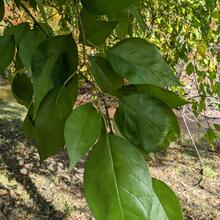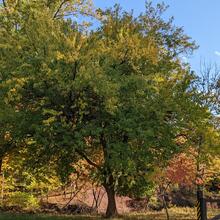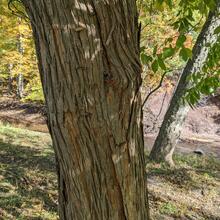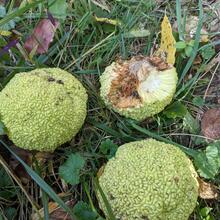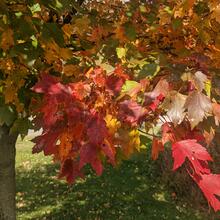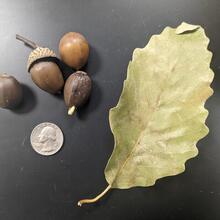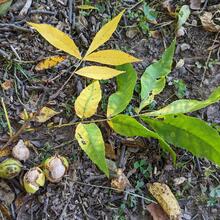Maclura pomifera
Moraceae
Frequently used in hedgerow plantings. Produces large softball-sized fruits which may be difficult to maintain. Plant only male trees. Tolerates urban conditions.
Summary
 Climate Tolerance
Climate Tolerance
Fair
Wildlife Benefits
Seeds food source for small mammals
Pollination Type
Wind
Plant Hardiness Zones
4 to 9
# Butterfly/Moths that use as host
8
Bloom Time
Spring (Apr-Jun)
 Shade/Sun Tolerance
Shade/Sun Tolerance
Full Sun: Receives 6 or more hours of direct sunlight
 Maximum Height
Maximum Height
Medium (40-75 ft)
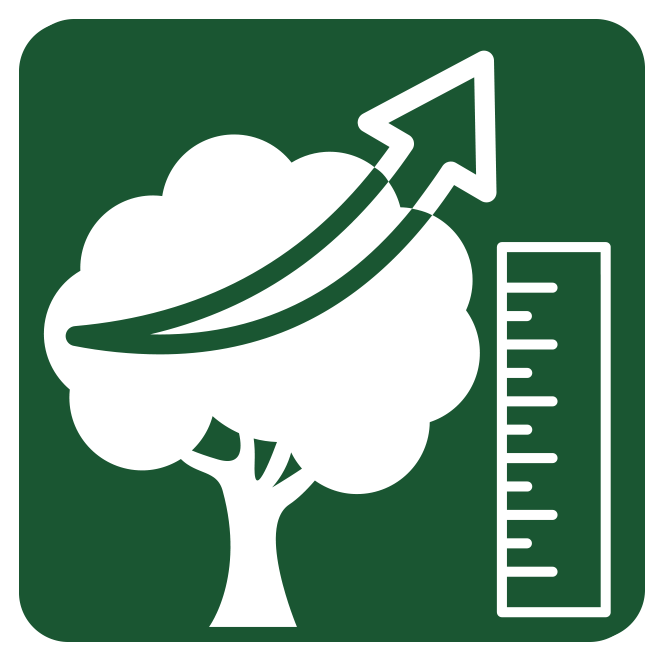 Growth Rate
Growth Rate
Moderate: 1 ft- 2 ft per year
 Soil Type
Soil Type
Clay: Small sized particles. Long moisture retention and low nutrient availability.
Loam: Equal mix of clay, sand, and silt. Moderate moisture retention and high nutrient availability.
 Soil Moisture Tolerance
Soil Moisture Tolerance
Dry: Soil normally retains little to no water
Root - Fungal Association
Arbuscular mycorrhizae: Symbiotic relationship with fungi that exist on inside of plant root cells, facilitating nutrient uptake
Pest & Pathogen Risks
Very Low
 Urban Stress Tolerance
Urban Stress Tolerance
Medium: Tree can adapt to a few urban conditions and will generally grow well
Drought Tolerance
Tolerant: Tree will not become stressed during periods of drought
Coefficient of Conservatism
0
Native Status
OH-Adventive: Species is not native to Ohio, but since introduction has become naturalized
NatureServe G-rank
G5
Plant Community Type
- Beech Mixed: Absent
- Oak Mixed: Absent
- Alluvial: Absent
- Red Maple Mixed: Absent
- Ruderal: Rare
- Urban Tree Cover: Common
Bloom Color
Green
Form
Tree
 Lifespan
Lifespan
Short: Less than 100 years
Soil pH
Circumneutral (pH 6.8-7.2)
Wetland Indicator Status
FACU: Facultative Upland, usually occurs in non-wetlands, but may occur in wetlands
Soil Compaction Tolerance
Tolerant: Tree will not become stressed from soil being compacted
Heat Tolerance
Tolerant: Tree will not become stressed for increased temperature due to urban heat island effects
Salt Tolerant
Tolerant: Tolerant to both aerial salt spray and salt present in soil
Native County Status
Not Native to NE Ohio
IUCN Red List Assessment
Least Concern
